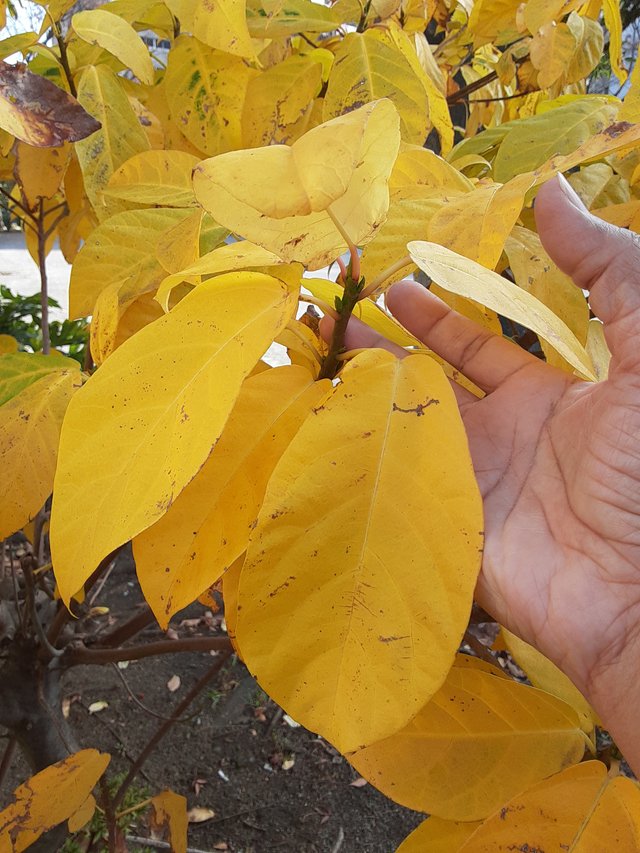
Ficus erecta, commonly known as the Japanese fig or Beechey fig, is a delightful little tree with fascinating foliage, especially in autumn. Here's what you can expect:
Summer Foliage:
Throughout the warmer months, Ficus erecta boasts glossy, deep green leaves. These are elliptical or slightly oval in shape, with a pointed tip and a rounded or slightly heart-shaped base. The smooth leathery surface and prominent veins contribute to a vibrant, healthy appearance.
Autumn Transformation:
As autumn arrives, Ficus erecta embarks on a stunning transformation. The green leaves gradually begin to shift, taking on warm hues of yellow, orange, and even a touch of red. The veins often become more pronounced, adding a delicate pattern to the changing colors.
Leaf Variations:
The exact color palette during autumn can vary depending on the specific tree and environmental factors. Some Ficus erecta leaves might turn mostly yellow, while others showcase a stunning blend of orange and red. The veins could also appear in shades of red and purple, adding further dynamism to the display.
Duration of the Show:
The autumnal spectacle typically lasts for several weeks, offering a vibrant prelude to winter. The timing can vary depending on the climate, but generally occurs from late September to November.
Further Points of Interest:
- Ficus erecta is not only ornamental but also produces small, edible figs in late summer or early autumn. These are not as large or sweet as commercial figs, but they offer a unique taste and can be enjoyed fresh or made into preserves.
- The tree is relatively cold-hardy and can adapt to various soil conditions. This makes it a versatile choice for gardeners in temperate climates.
Ref.:
 |  |
Upvoted! Thank you for supporting witness @jswit.
Downvoting a post can decrease pending rewards and make it less visible. Common reasons:
Submit